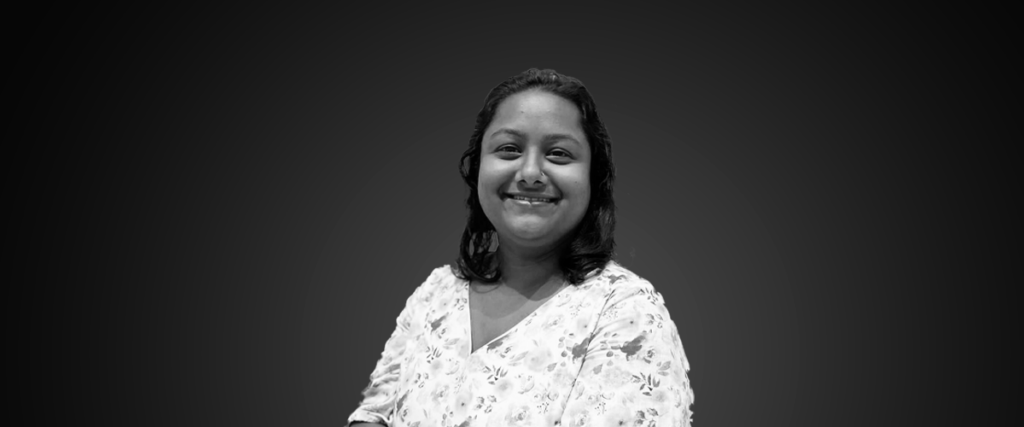Can you explain your role within the UX design team with simple words?
I talk to bank employees and client counterparts to understand what they need from an application and watch how they use it in real life. Then, I design ways to make that experience easier and more useful. My main job is to balance what users want, what the business expects, and what’s realistic to build. It’s like solving a puzzle together so everyone wins.
Can you share some real-life examples of how your work improves user experience?
Sure. In a recent project, operators had a 7-step process to complete but often dropped off midway. So, we redesigned the form to show progress at the top, grouped related sections, and added a “Save and Resume” option.
In another case, bank employees struggled to find key actions in a dashboard. Based on their workflow observations, we reorganized the layout to surface the most-used contents first, clearing away the clutter and empty cards.
For a mobile app, customers were confused by technical terms of a mortgage product. I simplified legal sections through Design System layouts and layperson language. This made the app more approachable and encouraged self-service.

How do you ensure the user experience is prioritized during the design process?
We embed user experience into every step, from immersion to high-fidelity design. Even under tight deadlines, our UXD approach keeps us grounded in the end-user perspective.
Through workshops with bank employees and clients, we build empathy that drives our design decisions. I share these insights across SBS to foster a user-centred mindset and align teams around real banker behaviours.
Our work has earned strong leadership support, with design championed by our CEO and senior leaders.
What are the biggest challenges you face in your role as a UX Lead?
One of the biggest challenges is designing for longevity. Our applications are built for long-term use, so they must scale as products and regulations evolve, preferably without costly rework.
Another key goal is reusability. I design templates for the SBS Design System, which must serve multiple applications. Each component needs to be flexible, future-proof, and easy to maintain. I address both by focusing on modular design, close collaboration with product teams, and continuously refining our system based on real-world usage and customer testing.
Of all the projects you’ve worked on, which has fascinated you the most?
One of my recent fascinating projects was designing the global menu for our solution SBP Digital Core. It was a joint effort with all Product Managers and understand the full scope of their applications. To make the menu intuitive and scalable, I ran multiple rounds of card sorting and reverse sorting in Miro. Now that it’s live, I still plan to review it every quarter to ensure new changes to the menu are scalable.
What made it especially rewarding was its long-term impact: faster and muscle-memory daily task list with each task reduced from 6+ clicks to just 2-3 navigation decisions. Translating user insights into actionable improvements has made a real impact in this particular project and many others.
How do you stay updated with the latest UX trends and integrate them into your projects?
I’m constantly learning through articles, books, and especially audiobooks during my 75-minute commute and dog walking routine. I stay connected with the world outside fintech via Women in Design communities and AI enthusiast groups, both online and in person.
These spaces expose me to ideas beyond fintech, which I love applying to enterprise UX whether it’s a clever interaction from a dating app or a new pattern from eCommerce.
At the same time, I’m always grounded by the rigor and detail that financial design demands. That balance keeps me sharp.
What advice would you give to someone looking to follow a career path in UX design?
First, get your hands dirty. Build things, test ideas, and learn by doing.
Second, follow your curiosity. I’ve worked on everything from cinema experiences to chronic disease management, with coffee and container ships along the way. This was possible because I asked for opportunities when something sparked my interest.
And finally, talk to people. Everyone has a story, and to a UX designer, everyone is a user. Listening is one of the most powerful tools we have.
What’s the most important lesson you’ve learned in your career?
That nothing is ever final. Every week reminds me that there’s always room to improve, iterate, and partner, no matter how polished my work seems. Staying open to change makes my months more creative and my years more diverse.
Would you like to join the SBS (ex-Sopra Banking Software) adventure? Discover all our job offers on our Careers page by clicking on this link.